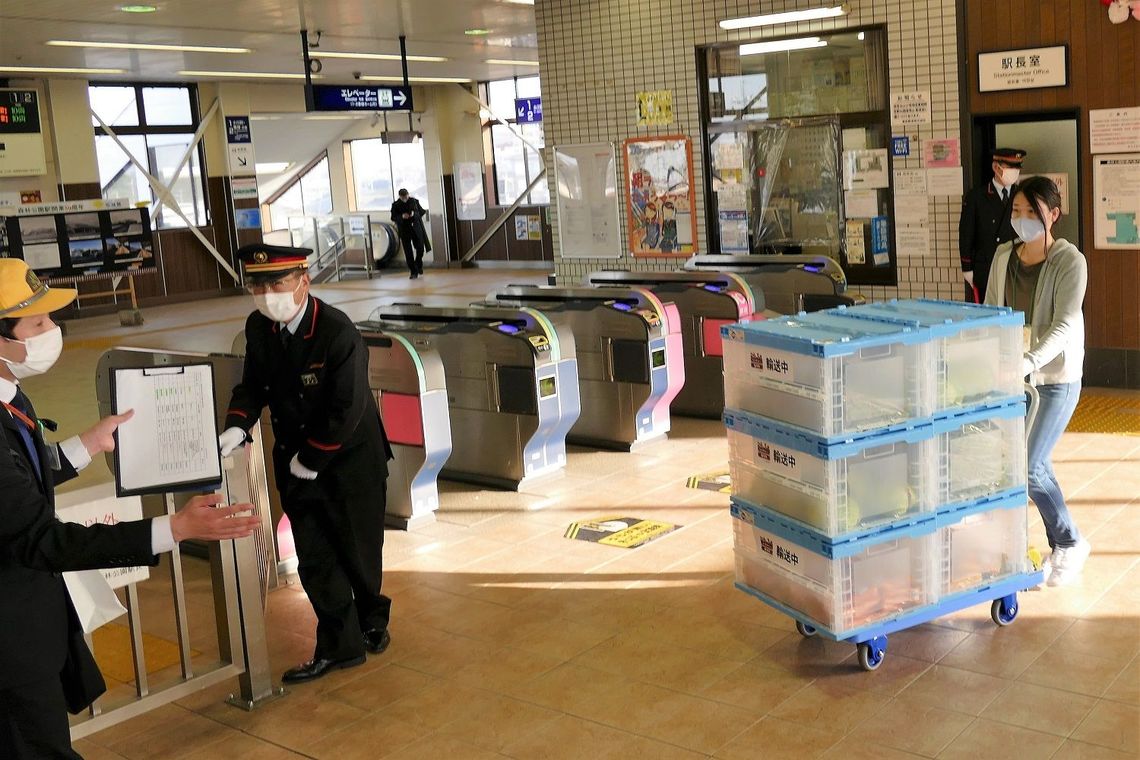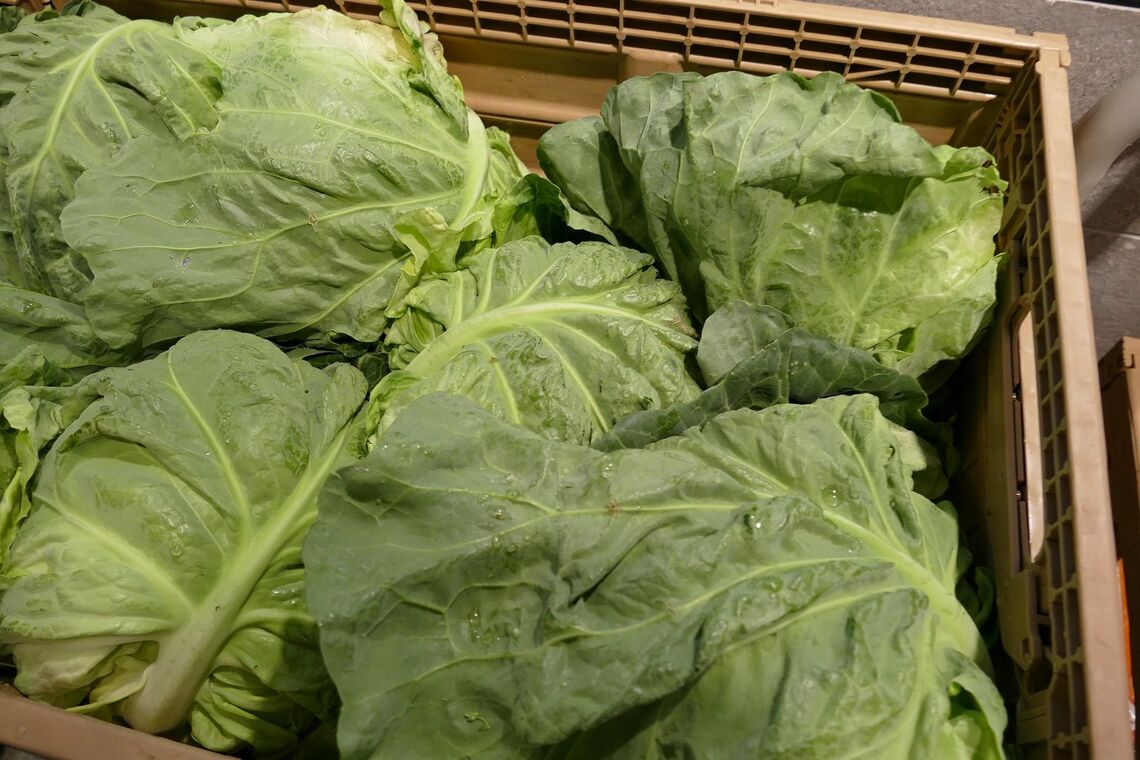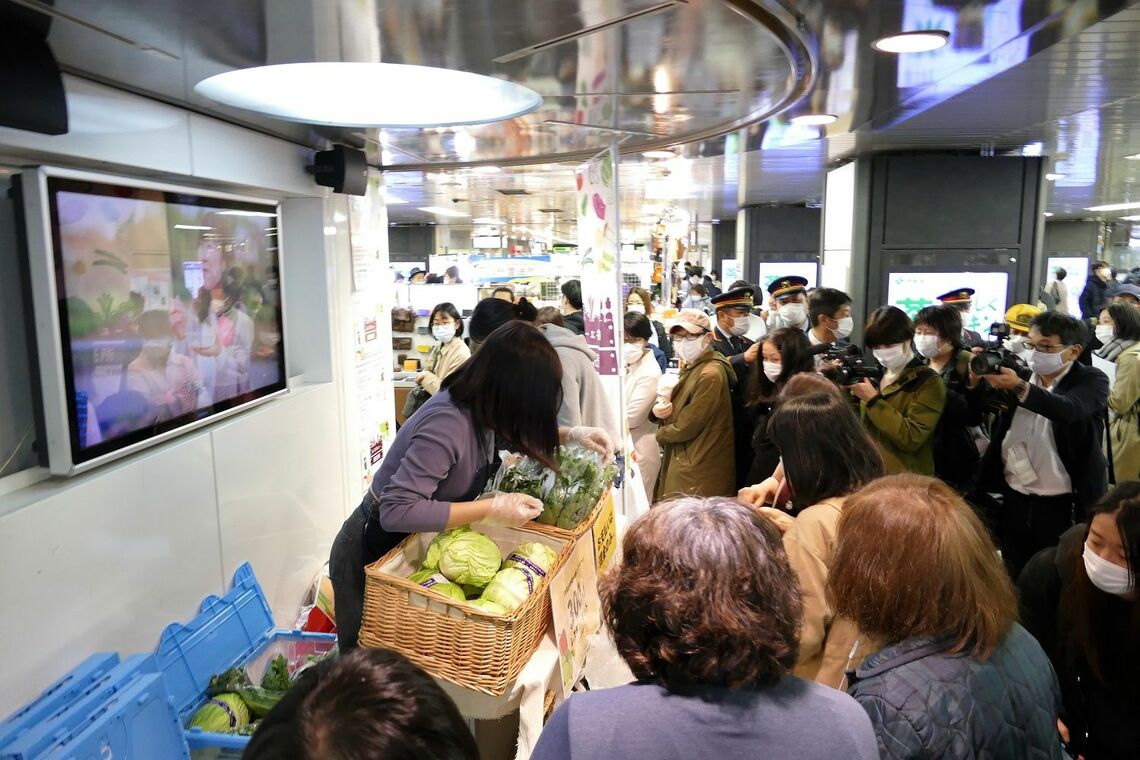
Well, if you want to ruin a world famous waterfront heritage this is a good way to start. If any of these buildings lasted 200-300 years you might be able to apply again in around 2321. But they won't. No need to even try saving that UNESCO heritage status.
https://twitter.com/SAVEBrit/status/1406906492234645505
Here is the proposal, a variation on the usual Tower-in-a Park to a Tower-on-the-Water-Front. With ample parking of course. 

If Liverpool was serious about revitalizing the city AND providing many thousands of job with tens of thousands of people trained in proper trades they could just pick up Lutyen's un-built cathedral. 



Here's a modern study of the proposed cathedral, and even though the renderings are rather rough it looks magnificent. sciencedirect.com/science/articl…
• • •
Missing some Tweet in this thread? You can try to
force a refresh































